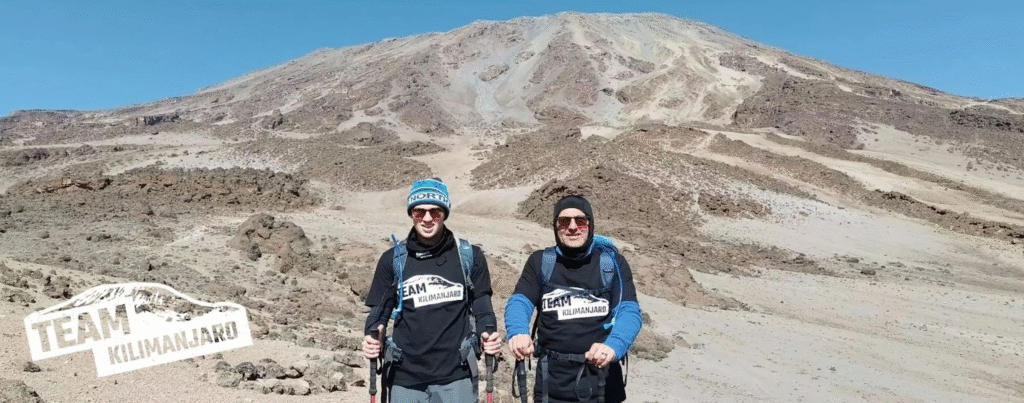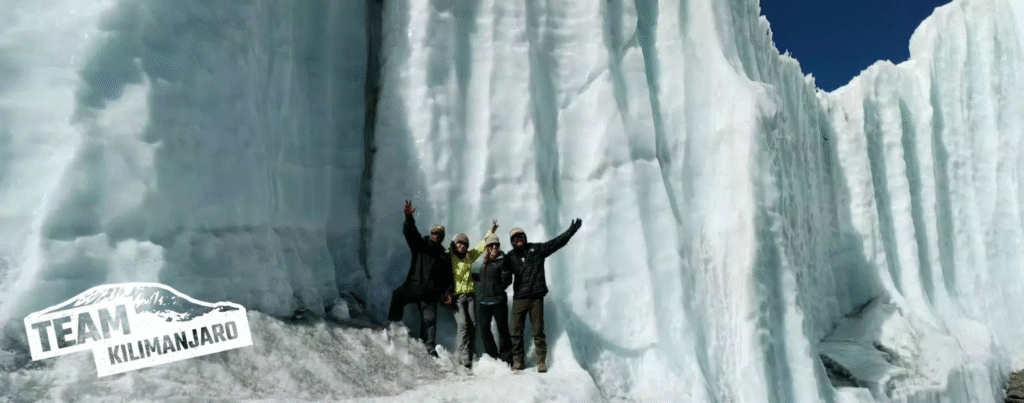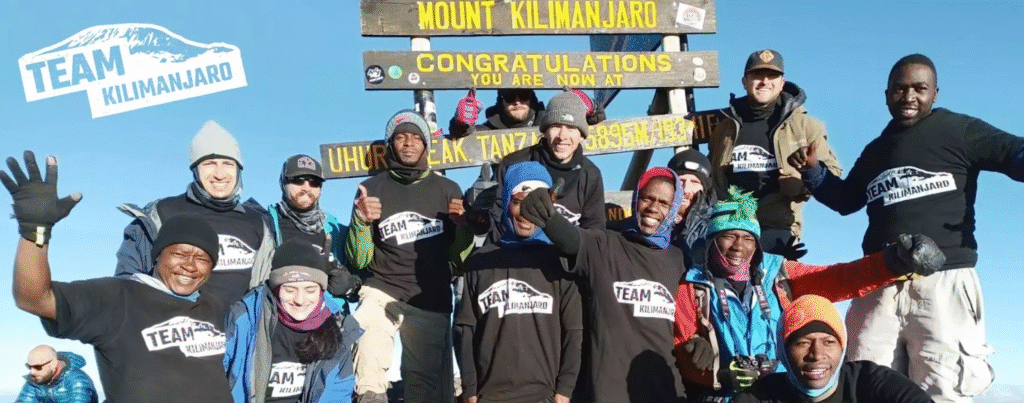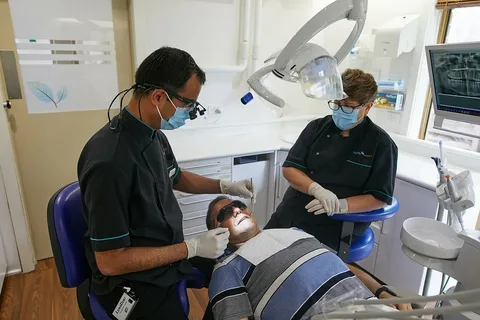
Mount Kilimanjaro, the highest peak in Africa, has always drawn travelers from around the world. Whether you live in Moscow, Milan, or Marrakesh, the idea of standing on the “Roof of Africa” has a universal pull. But before you lace up your boots, one big question matters most: which route should you choose?
Why Kilimanjaro Captures Travelers’ Hearts
Unlike technical peaks that demand ropes and ice axes, climbing Kilimanjaro is accessible to ordinary people with determination and preparation. The mountain’s beauty is as much cultural as natural: early mornings at camp, the Swahili call of “pole pole” (slowly, slowly), and the friendships formed on the trail become part of the story. For many international visitors, climbing Kilimanjaro is a first great adventure beyond city life — a reminder that travel can change you.
How Long Does It Take?
People often ask: how long does it take to climb Kilimanjaro? Routes vary between five and nine days. Faster ascents are cheaper but risk altitude sickness, while slower treks give your body time to adjust — and usually mean a better chance of reaching Uhuru Peak. Most experienced guides recommend 7–8 days, balancing cost, scenery, and success.

When Is the Best Season?
The best time to climb Kilimanjaro is generally during the dry months — January to March and June to October. Clearer skies and steadier footing make the journey smoother, though expect more fellow climbers on the trail. Rainier months are quieter, with mist-shrouded forests and a more solitary feel. Just as cities have their moods — summer festivals versus winter quiet — Kilimanjaro changes with the calendar.
The Main Routes Up Kilimanjaro
- Marangu Route (“Coca-Cola Route”) – Famous for its huts and sociable atmosphere. Direct but riskier for altitude adaptation.
- Machame Route (“Whiskey Route”) – The most popular path, known for its dramatic scenery and strong acclimatization profile.
- Lemosho Route – A beautiful, quieter start that merges into Machame later; ideal for those who want time and views.
- Rongai Route – Approaches from the north, drier and less crowded. Great in the rainy season.
- Shira Route – Similar to Lemosho but begins high, risky for altitude if not pre-acclimatized.
- Umbwe Route – Steep, fast, and physically demanding. Only for experienced trekkers.
- Northern Circuit – The longest and newest route, circling the mountain for maximum acclimatization and variety.
Each trail has its personality, much like different neighborhoods in a city: some social, some quiet, some challenging, some forgiving.
Life on the Trail
Expect simple meals, tents (unless on Marangu), and a rhythm of walking slowly, resting, and adjusting to altitude. Evenings bring vast African skies filled with stars — a striking contrast to the glow of urban skylines.
Preparing Before You Go
- Train on hills or long walks at home.
- Break in your boots.
- Pack layers for both tropical forests and icy summits.
- Learn about altitude — patience is the real key.
When summit night comes — starting at midnight, climbing under headlamps — the experience is unforgettable. At sunrise, when the plains of Africa stretch below, every step feels worth it.

Why This Journey Belongs on Every Traveler’s List
Cities may inspire with architecture and culture, but Kilimanjaro connects us to something older and wilder. For anyone who has dreamed of an adventure beyond the familiar streets of their hometown, Kilimanjaro offers both challenge and reward.
If you’re considering the climb, learn more from specialist operators such as Team Kilimanjaro, who have guided thousands of trekkers safely to the summit.
Key Takeaway
Climbing Kilimanjaro is not about choosing the “easiest” or “hardest” path. It’s about finding the route that fits your body, your time, and your heart. The mountain will always be there — the question is, are you ready to answer its call?
Read More Gorod








